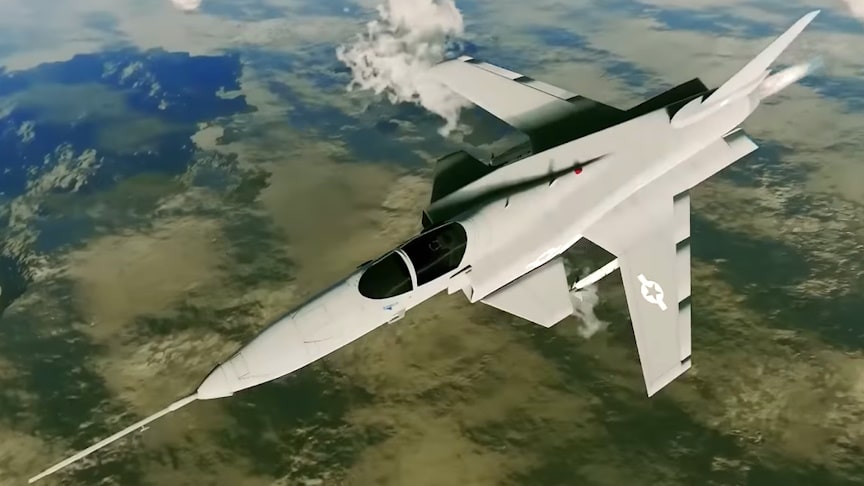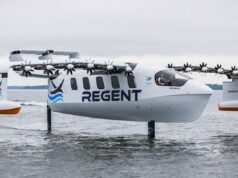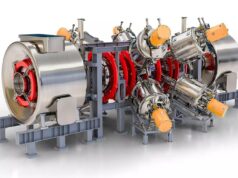The Grumman X-29 is an American experimental aircraft that tested a forward-swept wing, canard control surfaces, and other novel aircraft technologies. Funded by NASA, the United States Air Force and DARPA, the X-29 was developed by Grumman, and the two built were flown by NASA and the United States Air Force.
source.image: Found And Explained
The aerodynamic instability of the X-29’s airframe required the use of computerized fly-by-wire control. Composite materials were used to control the aeroelastic divergent twisting experienced by forward-swept wings, and to reduce weight. The wings of the X-29, made partially of graphite epoxy, were swept forward at more than 33 degrees; forward-swept wings were first trialed 40 years earlier on the experimental Junkers Ju 287 and OKB-1 EF 131.
The X-29 is a single-engine aircraft 48.1 feet long. Its forward-swept wing has a span of 27.2 feet. A General Electric F404-GE-400 engine producing 16,000 pounds of thrust powered each X-29. Empty weight of the aircraft was 13,600 pounds, while takeoff weight was 17,600 pounds. The aircraft had a maximum operating altitude of 50,000 feet, a maximum speed of Mach 1.6.
Advertisement
The configuration, combined with a center of gravity well aft of the aerodynamic center, made the craft inherently unstable. Stability was provided by the computerized flight control system making 40 corrections per second. The flight control system was made up of three redundant digital computers backed up by three redundant analog computers; any of the three could fly it on its own, but the redundancy allowed them to check for errors.











